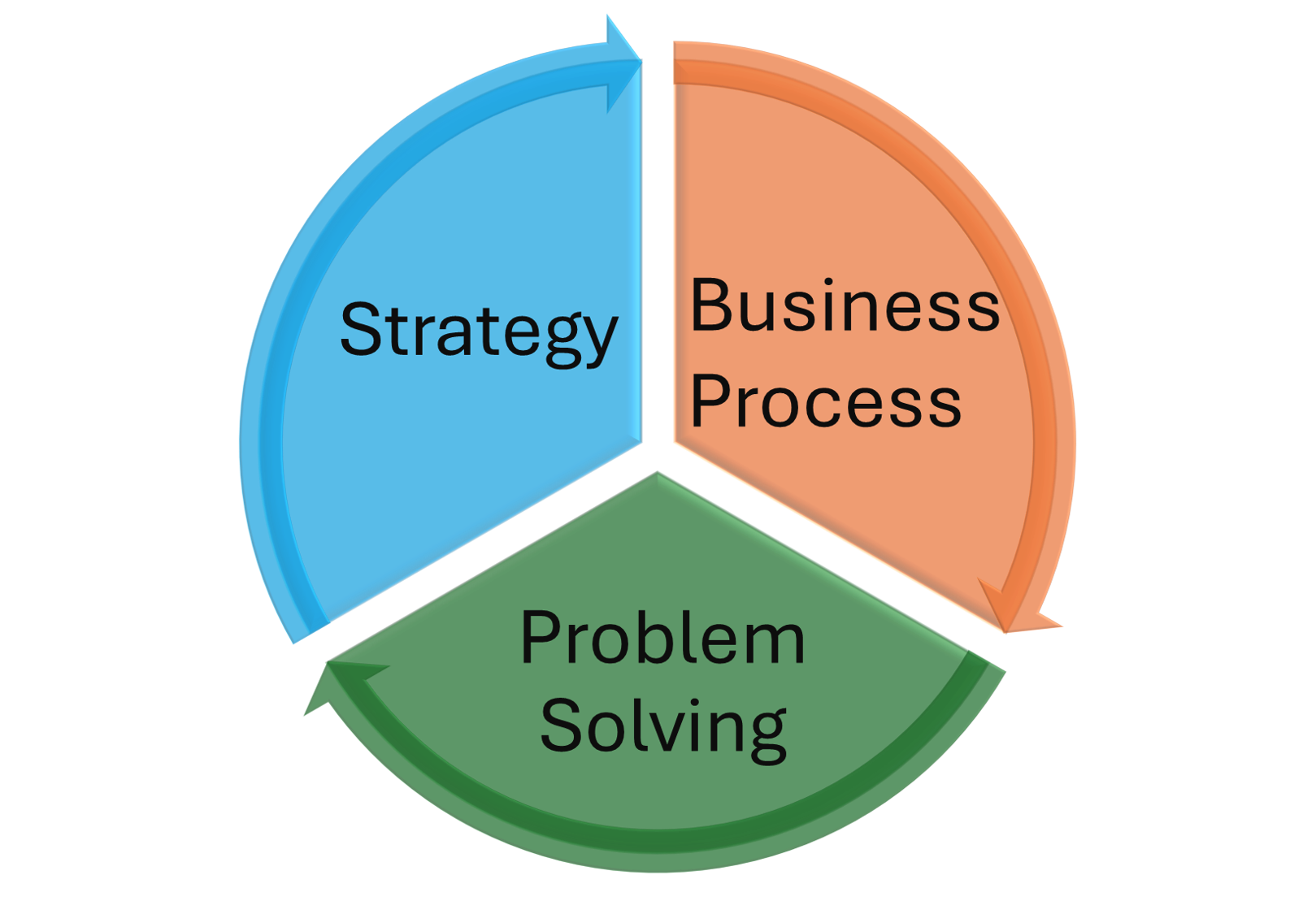BLOG #6 – April 2024
Are you in manufacturing and need a lean refresher? If yes, then read this second edition.
Here are a few of my paper nuggets:
A recurring theme underscores the notion that a sustainable lean production system transcends merely implementing a toolkit of methodologies like 5S, VSM, SMED, KANBAN, HEIJUNKA, A3, etc, which yield favorable cost improvements upon implementation. Rather, the crux lies in prioritizing the human element and cultivating an inclusive culture that embeds the ethos of continuous improvement deep into the fabric of the company.
Central to achieving this is the unwavering commitment of all levels of management to actively engage in coaching and mentoring across the organization in a uniform manner. This collective involvement is indispensable for ensuring long-term success. However, fostering such a culture demands steadfast dedication over many years. While training and development are needed, structured mentoring and coaching emerge as the true catalysts for progress.
The cornerstone of success lies in instilling management practices that persist irrespective of changes in leadership or business performance. This necessitates adopting a Servant leadership style, where leaders prioritize the needs of their teams above their own.
Continuous improvement hinges on the principles of scientific problem-solving, ingrained as an integral aspect of everyone’s role. It necessitates approaching all tasks with a proactive and accountable mindset, leveraging methodologies such as PDCA or DMAIC for issue resolution. Rather than expending energy on assigning blame, individuals are encouraged to unite swiftly and methodically to address challenges collectively.
Sustaining a steady flow of improvement opportunities requires the establishment of standards through standardized work and Key Performance Indicators (KPIs). Initially, these standards serve as benchmarks to be met daily. Moreover, they serve as the launching pad for future Kaizen initiatives, uncovering new areas for countermeasures that support the overarching business objectives.
Meeting standards is only the baseline; it is imperative to involve those directly who do the work — such as self-directed teams of operators, team leaders, and group leaders — in the creation of standards. This collaborative approach creates ownership and engagement in the pursuit of continuous improvement.
Another aspect I consider crucial is defining appropriate opportunities for automation. When it comes to production automation, it’s imperative to meticulously calculate the benefits of automating manual processes, ensuring genuine value-add financially, including the impact on CAPEX and depreciation. Prior to any automation initiative, it’s essential to first streamline the concerned process effectively.
#JEFFREYKLIKER #THETOYOTAWAY #14MANAGEMENTPRINCIPLES

